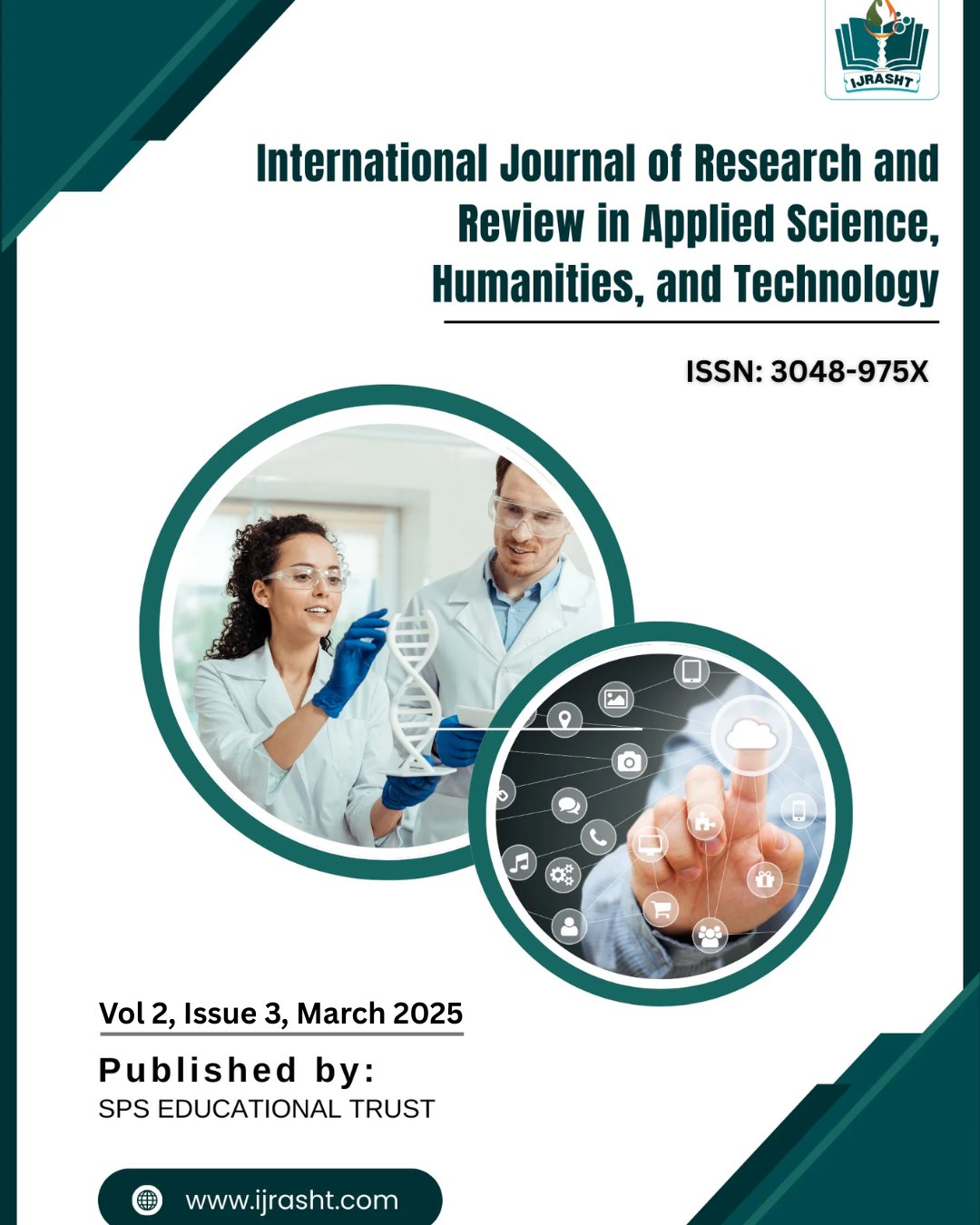Blending AI and Deep Learning for Visual Arts Development to Explore a New Aesthetic Dimension
DOI:
https://doi.org/10.71143/14jnz737Keywords:
Artificial Intelligence, Deep Learning, GANs, CNNs, AI-Generated Art, Creativity, Originality, Aesthetic Innovation, HumanMachine CollaborationAbstract
The integration of AI in visual arts has transformed artistic creation, challenging traditional notions of authorship, originality, and creativity. This study explores how deep learning models, particularly GANs and CNNs, contribute to new aesthetic dimensions in art. AI-generated artworks have demonstrated high aesthetic and technical proficiency, often rivalling human-created pieces in complexity and detail. However, concerns about originality, authorship, and emotional depth remain central to the debate over AI’s role in the artistic domain. Through a comparative analysis of AI-generated and human-created artworks, this research evaluates creativity, aesthetic appeal, originality, emotional impact, and technical complexity. The findings reveal that AI excels in generating visually compelling and technically sophisticated works, but struggles with conceptual depth, human intuition, and cultural storytelling. While AI can replicate and synthesize artistic styles, it lacks the intrinsic motivation, lived experience, and emotions that define human artistry. Despite these limitations, AI is not a replacement for human creativity but an expansion of artistic possibilities. It serves as a collaborative tool, allowing artists to experiment with new styles, automate processes, and explore hybrid artistic forms. The study concludes that AI will continue to shape the future of visual arts, fostering an interactive partnership between human artists and intelligent machines. Future research should explore AI’s role in artistic co-creation, ethical considerations, and evolving legal frameworks surrounding AI-generated art.
Downloads

Downloads
Published
Issue
Section
License
Copyright (c) 2025 International Journal of Research and Review in Applied Science, Humanities, and Technology

This work is licensed under a Creative Commons Attribution-NonCommercial 4.0 International License.









